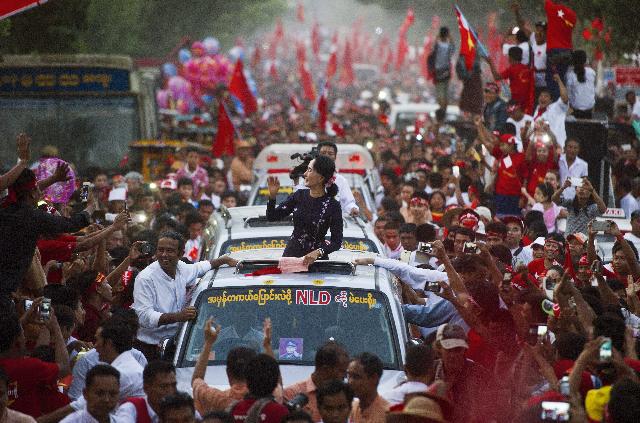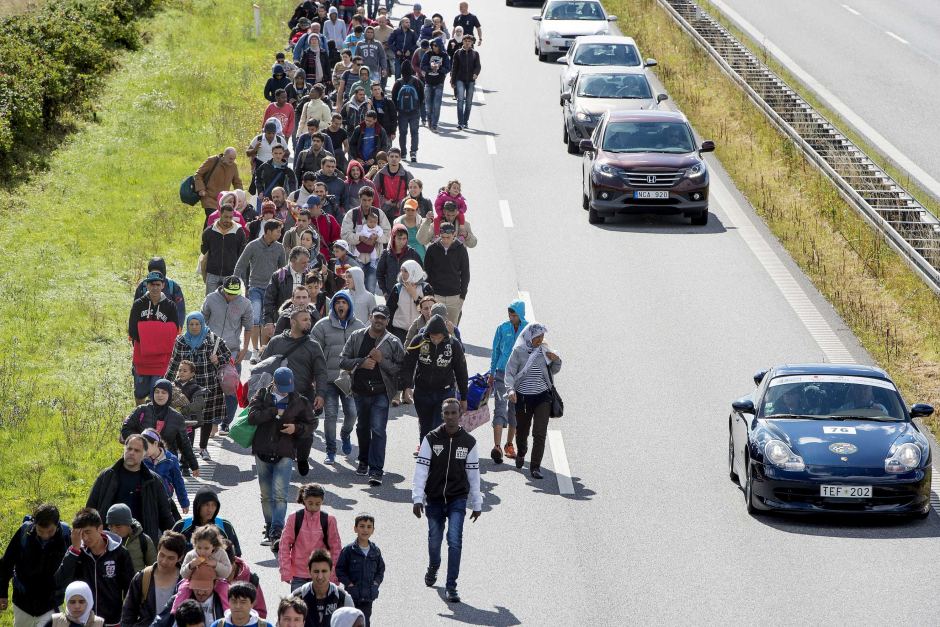The significance of social media and bloggers was arguably realized most influentially in the events surrounding the Arab Spring. Twitter was widely used to create awareness of social issues and contexts, and as a mobilizing tool for social activists in repressive regimes. The extent of this technology’s social impact has been widely documented.
Yet this newly awarded political influence does not alter the fact that most social media is relatively anonymous, making it potentially deceptive. It is simply not possible to determine the identity of social media users and the accuracy of their statements based on the cursory glances readers give to most tweets and blogs. With a vast expanse of bloggers and their posts, evaluating the authenticity of each is a daunting task.
The blog “A Gay Girl in Damascus” exhibits such an instance of social media’s potential to garner mass amounts of political and social attention, all without factual content.

Factual at Face Value
The blog was started on Feb. 19, 2011, purportedly written by Amina Abdallah Arraf, a 35-year-old gay woman in Syria, a country where homosexuality is illegal. The posts described her life in Syria in the midst of the country’s political unrest. They focused on Arraf’s social life and relationships, but also contained open criticism of President Bashar al-Assad. Posts also discussed the country’s anti-regime uprising, which the blogger claimed to have participated in.
Eventually gaining a global readership, the blog was followed by news organizations worldwide, some of which interviewed Arraf – solely online. Arraf came to be seen as a hero: female, gay, half-American and working to break social taboos in a repressive state. In her posts, Arraf insisted that she would not flee the country despite repression, saying that activists needed to fight for a more liberal and democratic country and that she wanted to serve as an example to them.
On June 6, Arraf’s “cousin” posted on the blog, claiming that the blogger hadbeen taken into police custody, with no news regarding her well-being. The post provided a detailed description of Arraf’s abduction:
“[The captors] hustled her into a red Dacia Logan with a window sticker of Basel Assad [deceased brother of President Assad]…. The men are assumed to be members of one of the security services or the Baath Party militia. Amina’s present location is unknown and it is unclear if she is in a jail or being held elsewhere in Damascus.”
Searching for a Fictional Hero
Following this post, concerned readers of the blog started “Free Amina” campaign groups to rally support for the fabricated hero. As people began to look for her, the blog’s façade began to fall away.
When Andy Carvin, US National Public Radio reporter, asked his 48,000 followers on Twitter if any of them had actually met Arraf in person, no one stepped forward.

The US Department of State stepped in to investigate the matter. It became evident that no one had ever talked to Arraf, and that all interviews with her had been conducted over email. Further, the biographical details provided in the blog could not be confirmed, and her identity was never verified.
The Wall Street Journal reported that the picture of Arraf posted on the blog was actually that of Jelena Lecic, a London resident with no affiliation to the blog. Lecic told the newspaper that she had initially learned of her photo being used when The Guardian linked to it in an article about Arraf.
Investigations linked the blogger’s IP address to one Tom MacMaster, a 40-year-old American man living in Scotland. Although MacMaster initially denied having ties to the blog, a post on the blog on June 12 disclosed that Amina Arraf was in fact a fictional persona he had created. MacMaster admitted to being the “sole author of all posts” on the website.
In the post, MacMaster wrote that he “never expected this level of attention. While the narrative voice many have been fictional, the facts on this blog are true and not misleading as to the situation on the ground. I do not believe that I have harmed anyone – I feel that I have created an important voice for issues that I feel strongly about.”
MacMaster told The New York Times that he had initially created the Arraf’s character as a handle in online discussions about the Middle East, since he felt that his viewpoints were not taken seriously. He stated that he was perceived to lack of authority on the subject as he is a middle-class white man not living in the Middle East.
“I really felt… that when I presented real facts and opinions, that the immediate reaction to someone with my name was, you know, why are you anti-American, why are you anti-Jewish? Which, both are completely false,” MacMaster told the NYT. “Getting that kind of reaction was distracting from the real focus. So I invented a name to talk under that would keep the focus on the actual issues.”
MacMaster is a Middle East peace activist, and the co-director of a peace activist group called the Atlanta Palestine Solidarity Network. He has travelled to the region as part of this group and for a student peace mission which attempted to deter US military actions against Iraq. This background enabled him to write about Syria and its political situation in great detail on the blog, effectively lending the blog an air of authenticity.
MacMaster further justified his actions on the blog, referencing the lack of mass media coverage of the Syrian situation. “The events [in the Middle East] are being shaped by the people living them on a daily basis. I have only tried to illuminate them for a western audience,” he wrote. “This experience has sadly only confirmed my feelings regarding the often superficial coverage of the Middle East and the pervasiveness of new forms of liberal Orientalism.”
His words refer to the government crackdown in response to civilian uprising against Assad, which has resulted in over 8,000 deaths and numerous people detained, according to various human rights groups.
Arraf’s blog posts made several references to this situation, detailing her own involvement as a protester. “Busloads of secret police armed with batons – thousands of them – met us around Abbasiyeen Square and began to assault the edges of the crowd,” according to a post. “Teargas was lobbed at us. I saw people vomiting from the gas as I covered my own mouth and nose and my eyes burned… We broke and were scattered.”
Broken Online Trust and The Desperate Blogger
“I think the most important thing is to get the information out,” MacMaster told BBC Radio in an interview. Yet, is generating social awareness a justifiable motive for his deception?
The blog diverted global attention and resources away from a much-needed focus on the Syrian government’s violent crackdown on real life activists and journalists. While Arraf did not face detention by the police and did not encounter police brutality, global campaigns aimed at helping her diverted attention away from those civilians who did – and continue to – face both. The efficiency of international pressure to aid these individuals could have been compromised to some extent.
In the wake of these events, global skepticism of civilian bloggers has also risen. As international readers find themselves unable to determine the authenticity of such online content, real life bloggers living in repressive regimes would plausibly have a harder time rallying international support for their opposition to the state.
In the Syrian context, where dissent is controlled and squelched, needing to convince readers of content authenticity creates yet another obstacle for the civilian struggling to find a voice. In a country where the state hinders access to social media, there exists an urgency for communication which does not allow for words wasted in attempts to convey a blogger’s authenticity.




